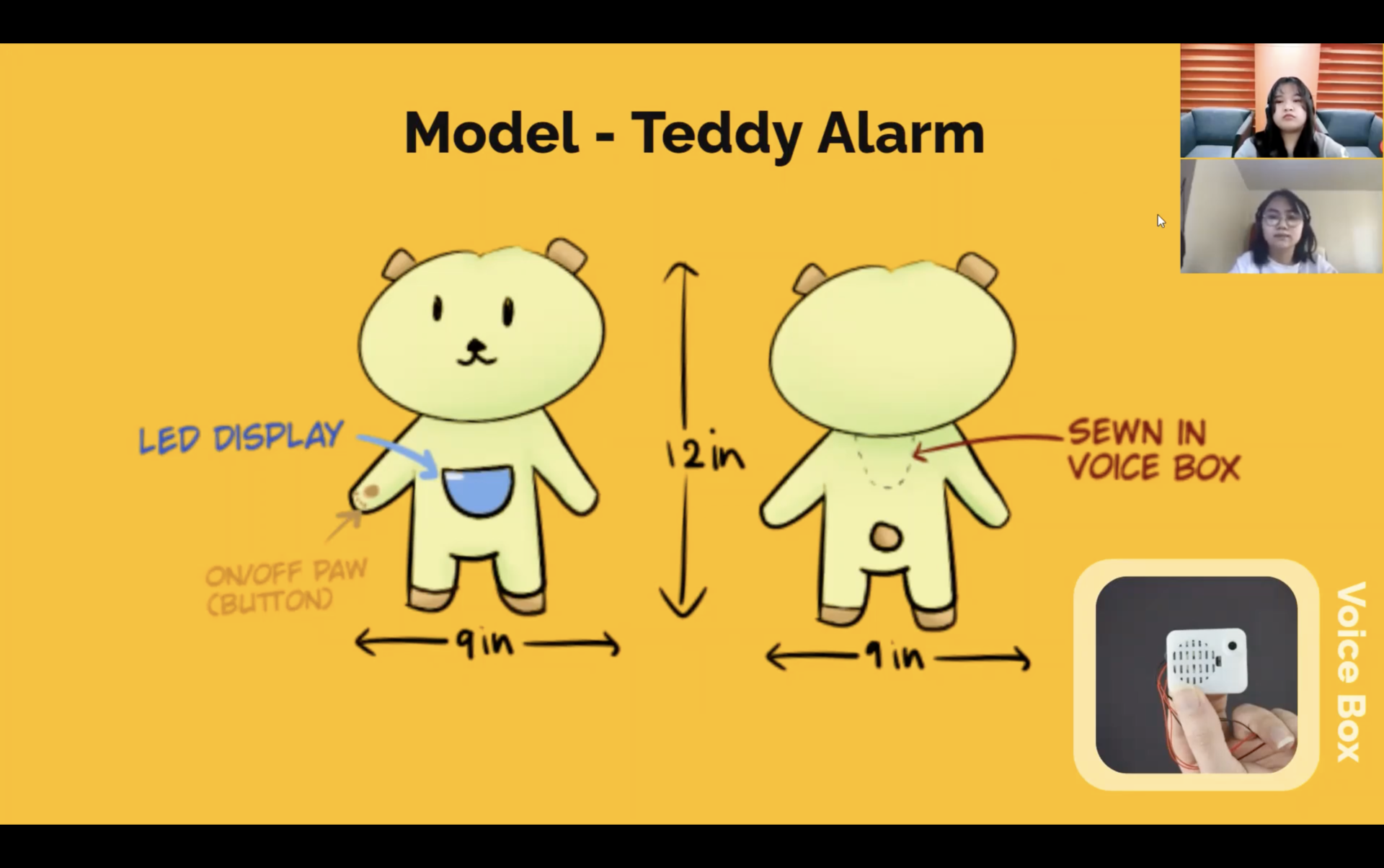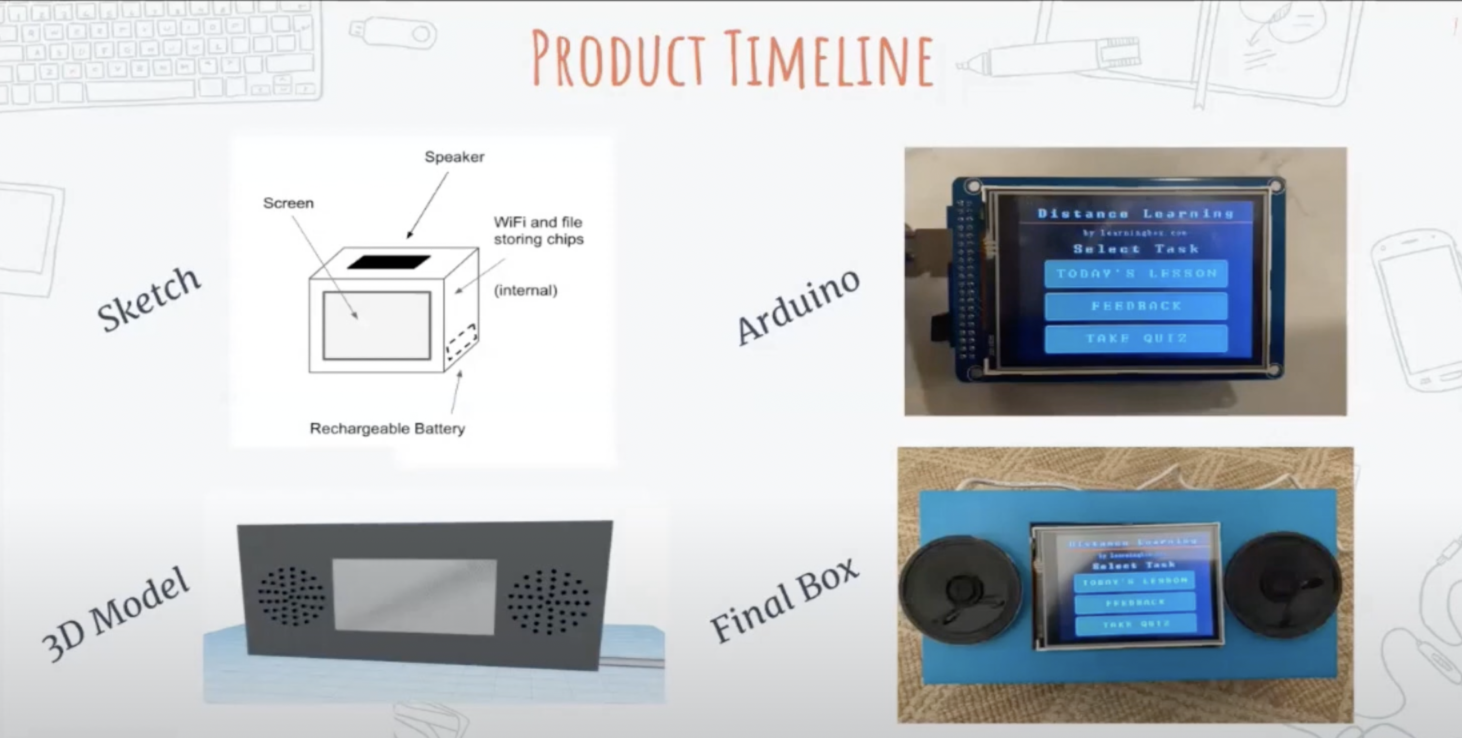The great thing about putting inquiry-driven projects in the hands of students is that the crazier the world seems to get—like facing a global pandemic—the greater their initiative becomes.
Jordan Mareno, Partnerships Manager, Project Invent
In a few weeks, students around the world will close down their laptops and tablets and graduate—from one grade to the next or from formal schooling to the workforce. As we reflect on the last 13 months, a pertinent question is: What will they be graduating with?
Many scholars, teachers, and parents are asking about student outcomes, learning gains, and the persistent opportunity gap that low-income students face. Although these questions are important, they fail to inquire about the human experience of learning.
If we were to ask students to share about their 2020-2021 school year experience, it’s hard to believe the phrases “student outcomes,” “learning gains,” or “opportunity gap” would come out of their mouths. Instead, they might tell us about experiencing depression for the first time, how they battled their siblings for internet bandwidth all year, or how much they missed seeing their friends in person.
Yes, all of these concerns are related to student outcomes. But, too often, they are articulated using “eduspeak” that only adults who created (or were taught) the technical language prefer using. What if we shifted our focus from the language of the adults to the language of the students—from focusing on student outcomes to focusing on students’ unique gifts? How might this shift unleash young people and begin to reshape and stretch the boundaries of education?
Human-Centered Questions, Student-Designed Solutions
At Project Invent, an organization that enables students to invent technologies to solve real-world problems, we believe this shift requires empowering students themselves to ask important, human-centered questions that act as on-ramps to powerful learning experiences that match their interests and gifts. Such questions motivate students to engage in the design of human-centered solutions to important issues, generating a positive impact in their communities.
Throughout Project Invent’s history, students have asked questions like: How might we better protect our neighborhood from wildfires? How might we improve wheelchair accessible parking for our community members? And, how might we create safer pedestrian environments for the blind?
The great thing about putting inquiry-driven projects in the hands of students is that the crazier the world seems to get—like facing a global pandemic—the greater their initiative becomes. In fact, we have seen them search for even more challenges to take on. Even while facing an uncertain and distanced school year, the questions we’ve seen young people pose over the past year have been as big and diverse as ever. And, many of them have gravitated toward issues facing high school students and teachers.
When our students inquired about virtual learning on an individual level, they realized every student and teacher was experiencing a handful of pain points with varying degrees of acuteness. And, they knew they were equipped, without a fully formed answer, to create the solutions to address those pain points and improve the learning and wellbeing of high school learners and educators.
It is at this point—with a list of challenges in hand—that our Project Invent students made the biggest learning leap of the year: brainstorming novel solutions and then, powered by their own imaginations, making those solutions a reality.
Inventions Solving Mental Health Challenges
The Teddy Alarm – Kearny High School, San Diego
For one team at Kearny High School, user interviews uncovered an interesting insight: Back-to-back virtual lessons make it hard to take care of our biological needs, like going for a walk or drinking a glass of water. But, being a pet owner helps; if your dog is nudging you to take him for a walk or refill his kibble, it’s easier to remember to take care of yourself in the same way. Their solution?

Project Invent students invented the Teddy Alarm to provide similar friendly reminders to teachers and students who don’t own real-life furry friends. The Teddy Alarm is meant to sit on your desk and provide periodic reminders to stand up or grab a snack. It also includes an aromatherapy feature—to mimic some of the natural brain boosts that pets deliver to their owners. And, of course, it is a cuddle-able, lovable teddy in its down time!
Bright Mentals – Brooklyn Ascend High School, Brooklyn
A Project Invent team at Brooklyn Ascend High School worked closely with one of their guidance counselors to uncover a different insight about mental health in the virtual classroom: Students are experiencing more anxiety and depression than ever. And, remote isolation is only exacerbating the experience.
Our students invented the Bright Mentals smart stress ball to help. Bright Mentals looks similar to a standard stress ball on the outside, but it includes Bluetooth connectivity that enables communication with other Bright Mentals devices. If you squeeze your device a little bit harder than normal, your friends can be notified that you’re having a tough day.
Inventions Solving Virtual Learning Challenges
The Math Key – Frederick Von Steuben Metropolitan Science Center, Chicago
Some of the pain points caused by remote learning seem like simple fixes. And yet, no one was providing fixes. This year, a Project Invent team in Chicago decided they could be the inventors of a fix to an unseen problem: The traditional keyboard is not made for math class.
Taking notes during class or trying to complete a lengthy equation on a test can be frustrating when many of the critical mathematical symbols do not appear on a QWERTY keyboard. With this in mind, our students created The Math Key—a keyboard made just for math students.
Bonus features: It is designed to be portable and to be compatible with the most common learning devices currently in use at the high school level!
The Learning Box – Ascend International School, Mumbai & Castilleja School, Palo Alto
Project Invent’s first international team, including students from Mumbai and Palo Alto, invented The Learning Box for a middle schooler in their Mumbai neighborhood whose family’s limited economic resources only allow for the learner to access the Internet through her mother’s phone. This significantly limited her ability to interface with her virtual classroom.
Inspired by their friend’s connectivity needs, Project Invent students wanted to create a low-cost solution for students struggling to access the Internet.

The Learning Box is designed with enough storage to upload and download audio, allowing students and teachers to communicate with one another through voice recordings. The primary issue addressed was the reliability factor, with regard to students in rural locations who have intermittent connectivity. When bandwidth is high, The Learning Box users can download materials to the device for offline usage. Then, they are able to pause and rewind lessons and submit their questions as they make their way through the lesson. Lastly, there’s an added LCD screen feature that has the functionality to communicate important information—like individual feedback—in writing.
Cultivating Student Agency Means Cultivating Generational Agency
In August 2020, most students buckled up for virtual learning, cautious and uncertain of how the year would unfold. Project Invent students buckled up, too, but into the drivers’ seat.
So often, the world’s biggest challenges are framed as problems for “experts” to solve. Project Invent asks: Why exclude young, curious minds from the opportunity to solve societal problems? In creating a stage for young inventors and problem-solvers, we are committed to widening adults’ understanding of young people as experts who are capable of creating impactful solutions to challenges of all sizes.
At Project Invent, we dream of a world in which students are in the driver’s seat of their learning journeys, instead of observing from the back seat. We dream of a world where they are empowered to navigate the traffic caused by messy problems, discover unfamiliar places, and trailblaze new norms.
This year, our students maneuvered through a learning environment unlike any the education system has seen before. And, they invented new tools for the journey—tools that have the potential to positively impact teachers and peers in their communities and beyond.
Just think, our Project Invent teams created inventions like the Teddy Alarm, Bright Mentals, The Math Key, and The Learning Box by overcoming the time, budget, and location constraints of conventional education. Imagine if we lifted these constraints. Imagine if we invested more in student ideas, not just student outcomes. What might our young inventors be capable of, given a runway of resources? How many more young people might step into the drivers’ seat of their learning journeys?
Without a doubt, our communities and world will continue to be impacted by global challenges. We believe it is our duty to invest in young people’s imaginations and ideas and to honor them as the changemakers that we know many are eager to become. If we embrace this duty, we will unlock a generation of compassionate and fearless problem solvers.
Want to see our Project Invent students present their products for a chance at funding? Tune in to our final Demo Day event of the year on May 16 from 10am-1pm PT.
Ready to cultivate young inventors within your high school classroom? Check out the Project Invent fellowship.

